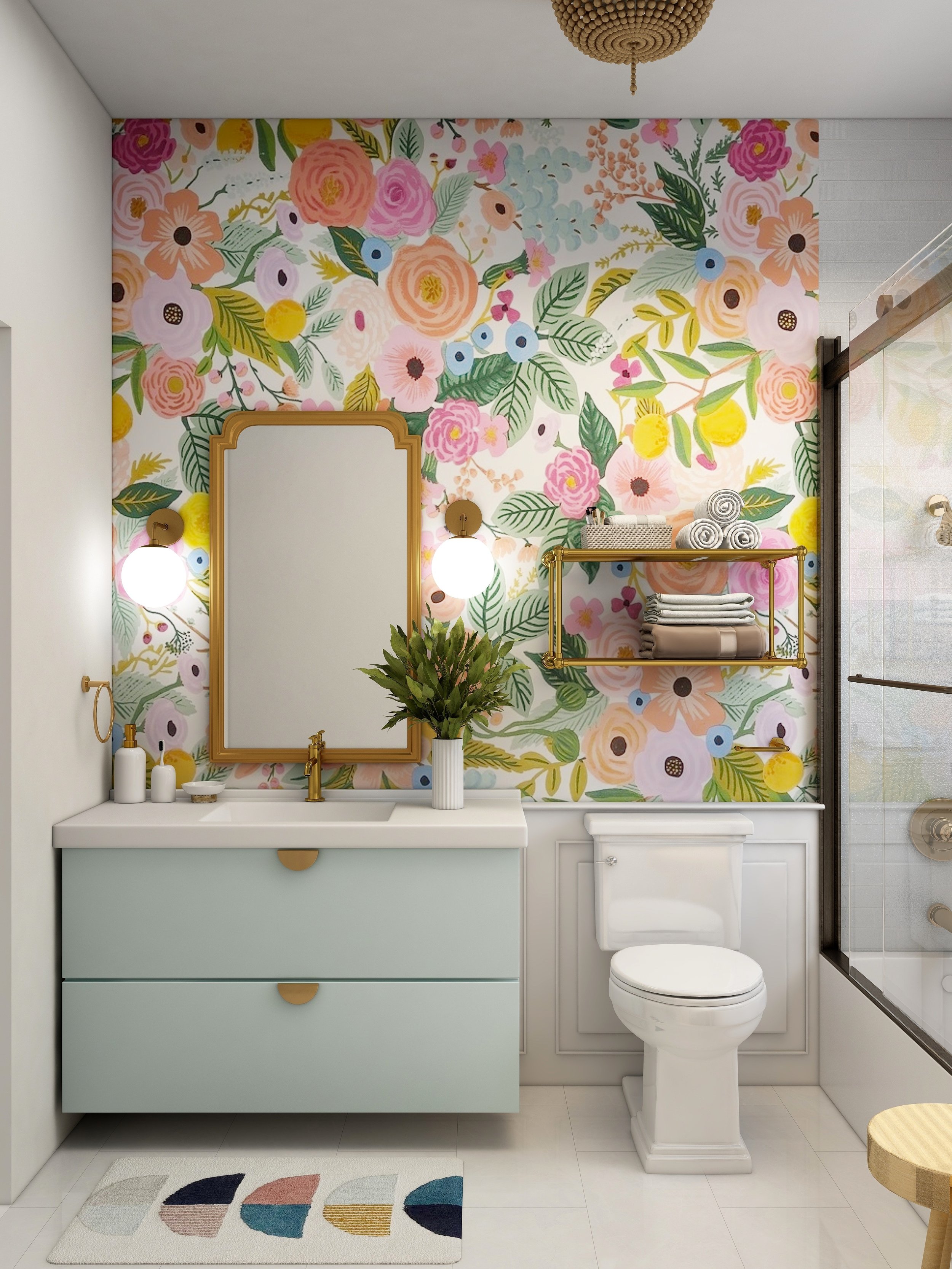The rich and famous are just like the rest of us when it comes to selling a home. Sure, they might have bigger houses — fine, mansions — nestled on huge, resort-like estates.
But they still have to list their home with a real estate agent when it’s time to sell. And while these palatial properties are arguably move-in ready by those with humbler standards, buyers with big pockets aren’t so quick to settle.
In fact, some of the very jaw-dropping features of those posh properties are merely meh for some discriminating buyers. Here are five in particular that could slow down a sale.
Too Much Smart Technology
If you get annoyed when trying to communicate with the digital assistant on your phone or tablet, imagine living in an entire sprawling house connected to smart technology. Automation is great for home systems, but even the smartest security systems can come at the expense of privacy for homeowners.
“Smart homes can turn buyers off if they don’t care for being connected all the time and may prefer more privacy options, especially with cameras [installed on the property],” says Jessica Peters, a top agent with Douglas Elliman and founder of the Jessica Peters Team in New York City.
You might like the security of a Ring doorbell in your own home, but a security system for larger properties means that there are more “eyes” on you by design. Some buyers might crave the added level of safety, while others might be averse to devices that are listening and watching, says Peters.
Aquatic Features
Some buy tickets to the aquarium. Others add one to their home. While exotic fish tanks and elaborate koi ponds contribute to the wow factor, it won’t go swimmingly for a quick sale, says Peters.
Considering the fact that some home buyers are averse to backyard pool maintenance, it is likely that there are other homebuyers who do not want the responsibility of nurturing a healthy ecosystem for any aquatic pets that might be included in the sale of the home. Sea creatures aside, over-the-top pool features and fountains can also deter buyers, says Peters.
Overly Customized Finishes
“While it’s important for a home to have character and personality, too much customization can make it difficult for potential buyers to envision themselves living in the space,” says Adie Kriegstein, licensed real estate agent and founder of the NYC Experience Team at Compass in New York City. Kriegstein cites high-end finishes like Venetian plaster walls and ceilings or bamboo walls as design choices that won’t appeal to everyone and will likely cost a small fortune to remove.
Unique Built-in Features
Some people adore built-ins, from shelves that line a library to an outdoor kitchen fit for a Michelin-star chef. But built-ins dictate the way a space must be used, which might be an issue for some even with square footage to spare. Wine cellars, for example, might be an oenophile’s dream, but what’s a teetotaler to do?
Home theaters are another sticking point, even in the age of streaming. These specialty rooms can actually hinder a sale, says Maureen McDermut, a luxury real estate expert with Sotheby’s International in Montecito, CA.
“The issue is that theater rooms tend to have built-in fixtures like the seating, and this can be an expensive room to convert,” says McDermut. It’s also the issue of space in general. “Because theater rooms tend to be larger, they use up significant square footage that a potential buyer may want to use for another purpose,” she explains.
Peters adds that built-ins added during the initial construction of a home can be even harder — and more expensive — to remove.
Can Luxury Afford to Linger?
While the rich and famous might have the option of vacating their current home to move into another property in their portfolio — or at least rent a hotel suite for the long term — no one wants a property to linger for too long on the market. Even in that exclusive segment of the real estate market where money seems to be no object, a faster sale is still optimal — especially when price drops can be in the hundreds of thousands of dollars, if not millions.
“Ultimately, when it comes to selling a home, it’s important to strike a balance between impressive features and practicality,” says Kriegstein. “While it’s important to have a home that stands out from the crowd, it’s also important to appeal to a wide range of potential buyers.”
Learn more on Apartment Therapy.
Related Links
If there is a home that you would like more information about, if you are considering selling a property, or if you have questions about the housing market in your neighborhood, please reach out. We’re here to help.
Search Homes in Colorado
Search Homes in Oklahoma
Search Homes in Oregon
Search homes in Minnesota







